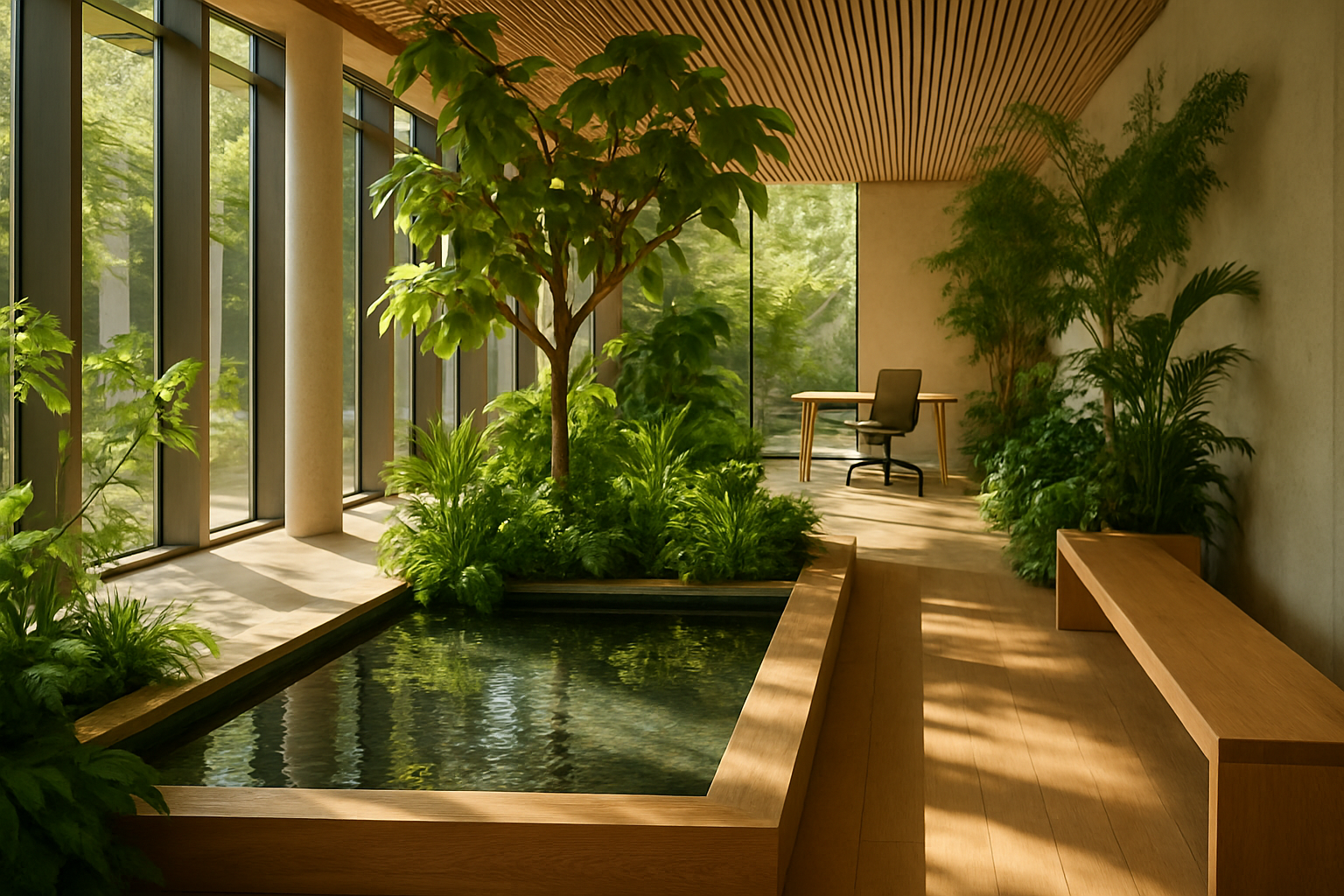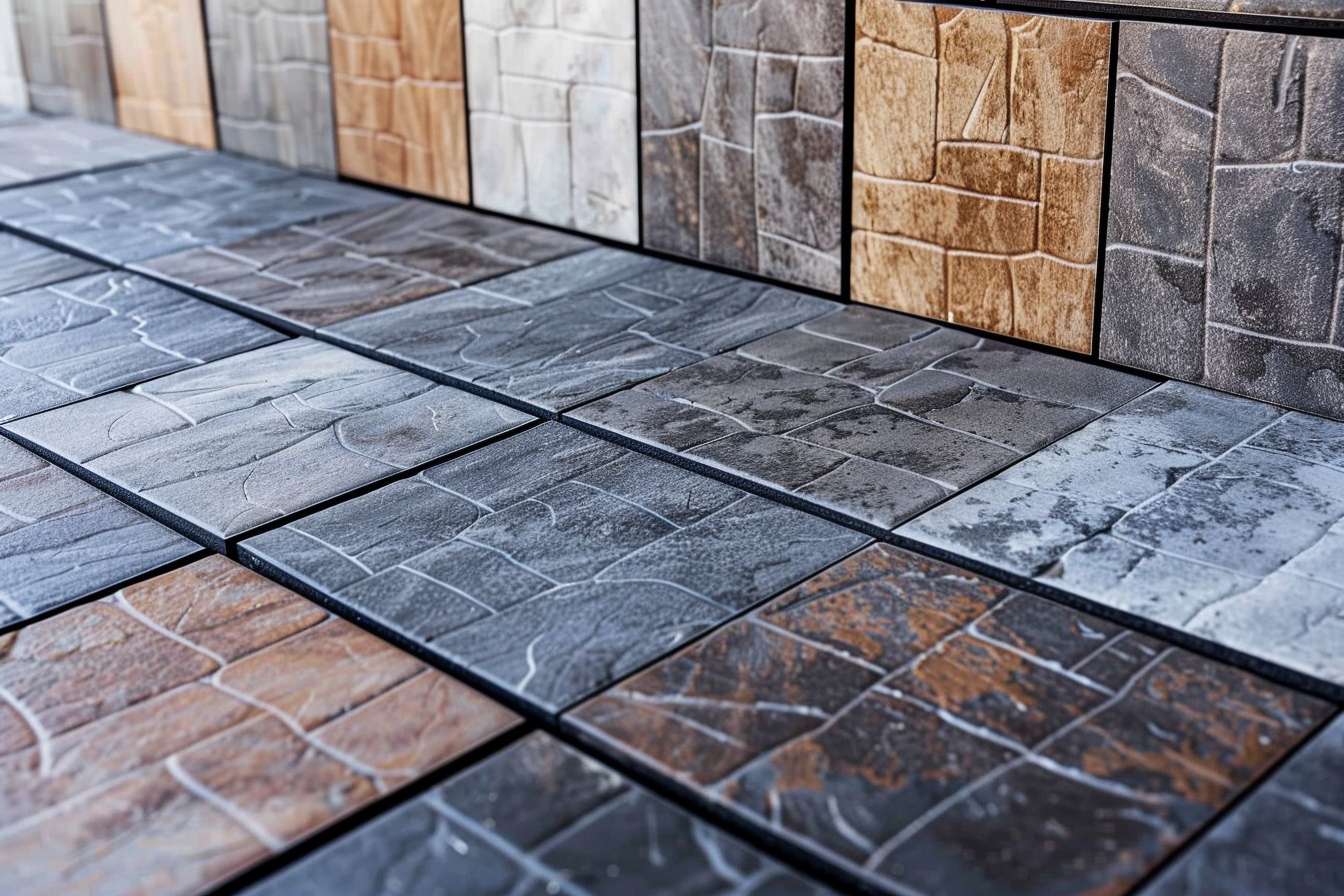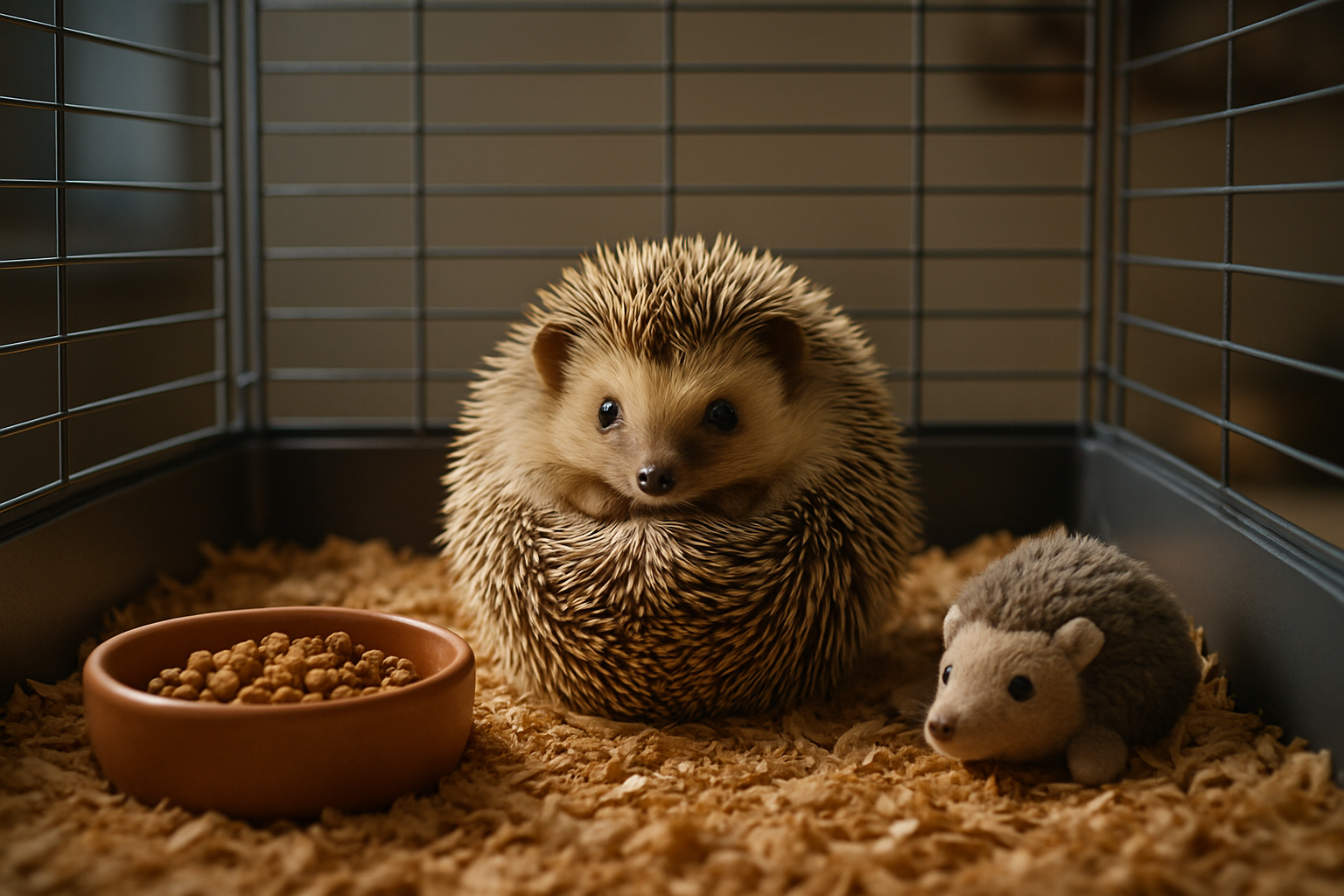Biophilic Design: Nature's Blueprint for Holistic Wellness
Imagine stepping into a space where the boundaries between indoors and outdoors blur, where natural light dances across living walls, and the gentle sound of flowing water soothes your senses. How would this environment affect your mood, your productivity, and your overall well-being? Welcome to the world of biophilic design, a revolutionary approach to creating spaces that nurture our innate connection with nature.

Throughout human history, our ancestors lived in close harmony with nature. It’s only in recent centuries, with rapid urbanization and technological advancement, that we’ve become increasingly disconnected from our natural surroundings. This disconnect has led to a host of modern health issues, including increased stress, reduced cognitive function, and a decline in overall well-being.
The Science Behind Nature’s Healing Power
Research in environmental psychology and neuroscience has revealed compelling evidence of nature’s profound impact on human health. Studies show that exposure to natural elements can lower blood pressure, reduce stress hormone levels, improve cognitive function, and enhance mood. A groundbreaking study by Roger Ulrich in 1984 found that hospital patients with views of nature recovered faster and required less pain medication than those facing brick walls.
These findings have spurred a growing interest in biophilic design across various sectors, from healthcare and education to corporate offices and residential spaces. The goal is to create environments that not only look aesthetically pleasing but actively contribute to occupants’ physical and mental well-being.
Key Elements of Biophilic Design
Biophilic design encompasses a wide range of strategies, all aimed at bringing nature’s restorative qualities into our built environments. Some key elements include:
-
Direct Nature Contact: This involves incorporating living plants, water features, and natural materials like wood and stone into indoor spaces.
-
Indirect Nature References: Using natural patterns, colors, and textures inspired by nature in design elements such as wallpapers, fabrics, and artwork.
-
Human Spatial Response: Creating spaces that evoke feelings of refuge, prospect, and mystery, mirroring the characteristics of natural environments that humans have evolved to prefer.
-
Natural Light and Ventilation: Maximizing exposure to daylight and fresh air, which are crucial for regulating our circadian rhythms and overall health.
-
Biomorphic Forms and Patterns: Incorporating shapes and structures that reflect those found in nature, such as fractals and organic curves.
Biophilic Design in Practice
The application of biophilic design principles is gaining momentum across various sectors. In healthcare, hospitals are incorporating healing gardens, green walls, and nature-inspired artwork to create more restorative environments for patients and staff. A study at Khoo Teck Puat Hospital in Singapore found that its extensive integration of nature led to reduced stress levels and improved recovery rates among patients.
In the corporate world, companies like Amazon and Google have embraced biophilic design in their office spaces. Amazon’s Spheres in Seattle, for instance, feature over 40,000 plants from cloud forest environments, creating a lush, nature-rich workspace that boosts employee well-being and creativity.
Educational institutions are also recognizing the benefits of biophilic design. Green School Bali, constructed primarily from bamboo and powered by renewable energy, immerses students in nature, fostering a deeper connection with the environment and enhancing learning outcomes.
The Future of Wellness Architecture
As we continue to grapple with the challenges of urbanization and climate change, biophilic design offers a promising path toward creating healthier, more sustainable living and working environments. The concept is evolving to incorporate advanced technologies like smart building systems that mimic natural processes and virtual reality experiences that bring nature indoors in innovative ways.
Researchers are also exploring the potential of biophilic design in addressing specific health concerns. For instance, studies are underway to determine how nature-inspired spaces can benefit individuals with anxiety disorders, ADHD, and dementia.
Nature’s Prescription for Well-being
-
Spend at least 120 minutes per week in nature for optimal health benefits
-
Incorporate houseplants into your living space to improve air quality and reduce stress
-
Use natural materials like wood and stone in your home decor to create a calming atmosphere
-
Maximize natural light in your living and working spaces to enhance mood and productivity
-
Create a small indoor water feature to introduce soothing sounds and humidity
As we move forward in our quest for holistic wellness, biophilic design stands out as a powerful tool for reconnecting with our natural roots. By thoughtfully integrating nature into our built environments, we can create spaces that not only shelter us but actively contribute to our physical, mental, and emotional well-being. The growing body of research supporting biophilic design principles offers a compelling case for reimagining our relationship with the spaces we inhabit. As we continue to face global health challenges and environmental concerns, embracing nature-inspired design may be key to fostering healthier, more resilient communities and individuals.





